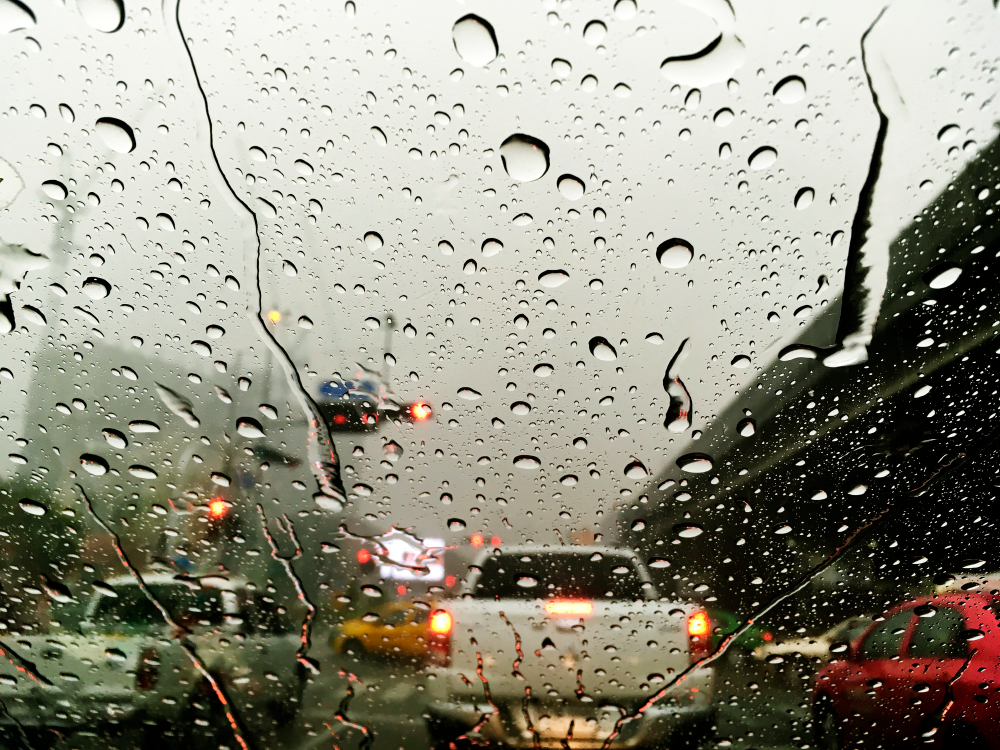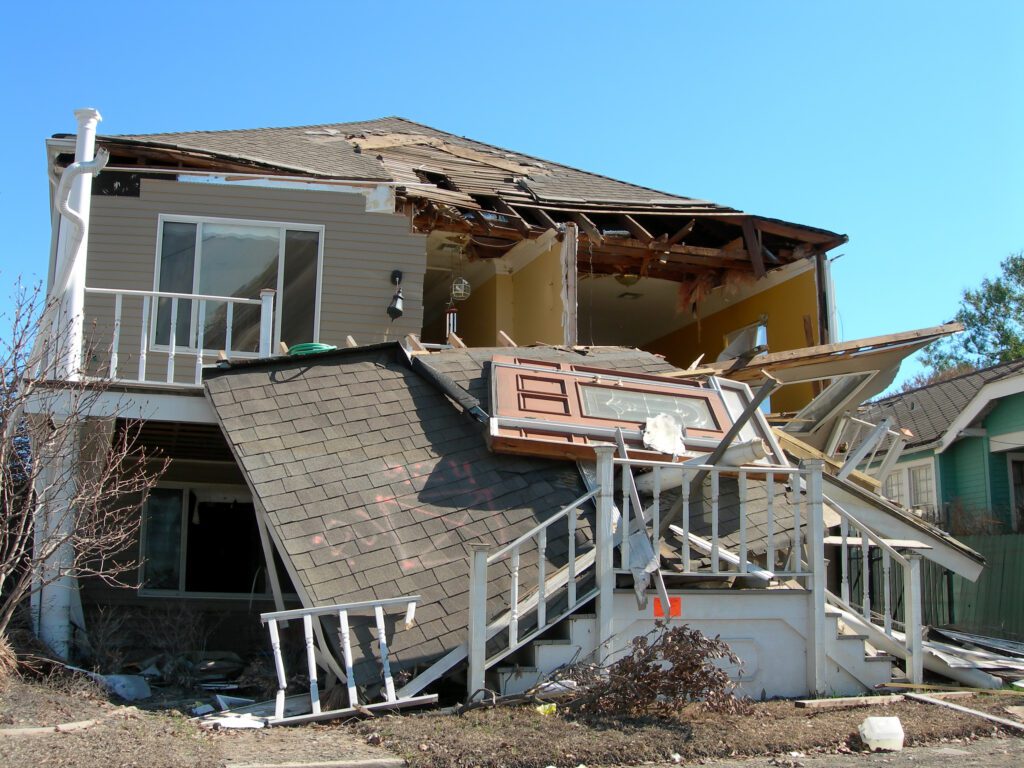In the aftermath of property damage, navigating the complexities of insurance claims can be overwhelming…

5 Essential Hurricane Preparedness Tips You May Not Know About
Hurricanes are one of nature’s most powerful and destructive forces. Being prepared can significantly affect how you weather the storm and recover afterward. While many people are familiar with the basic steps of hurricane preparedness, such as stocking up on food and water or securing their property, several lesser-known tips can further enhance your safety and readiness.
Here are 5 essential hurricane preparedness tips you may need to learn about.
Create a Digital Emergency Kit
In today’s digital age, having a digital emergency kit is as crucial as having a physical one. This kit should include:
- Important Documents: Scan and store digital copies of important documents such as insurance policies, identification papers, medical records, and financial documents. Save these copies on a secure cloud service or an encrypted USB drive.
- Emergency Contacts: Maintain a digital list of emergency contacts, including family members, local emergency services, insurance companies, and utility providers. Ensure this list is easily accessible on your phone and backed up in the cloud.
- Photos of Your Home: Take detailed photos or videos of your property and belongings before a hurricane strikes. This documentation will be invaluable for insurance claims and recovery efforts.
- Communication Plan: Develop a digital communication plan with your family and loved ones. Use group messaging apps or social media to stay in touch and update each other on your status during and after the storm.

Strengthen Your Home with Hidden Reinforcements
While boarding up windows and doors is common practice, there are additional measures you can take to fortify your home against hurricane damage:
- Roof Straps and Clips: Install roof straps or clips to secure your roof to the walls of your home. These metal connectors can significantly reduce the risk of high winds tearing your roof off.
- Reinforce Garage Doors: Garage doors are often the weakest entry point during a hurricane. Reinforce them with bracing kits or replace them with hurricane-resistant models to prevent wind from entering and causing structural damage.
- Seal Openings: Check for and seal any gaps or openings around windows, doors, and vents. Use weatherproof caulking or foam sealant to keep water and wind from entering your home.
Prepare Your Yard and Surroundings
Your yard and outdoor areas can pose significant risks during a hurricane. Proper preparation can prevent damage and enhance safety:
- Trim Trees and Shrubs: Regularly trim trees and shrubs to remove weak or dead branches that could become projectiles during high winds. Consider removing trees too close to your home or with shallow root systems.
- Secure Outdoor Items: Bring in or securely fasten outdoor furniture, garden tools, and decorations. Even small objects can become dangerous projectiles in hurricane-force winds.
- Clear Drainage Systems: Ensure that debris is clear of gutters, downspouts, and drainage ditches. Proper drainage can help prevent flooding and water damage to your home.
Plan for Power Outages
Power outages are common during hurricanes and can last for days or weeks. Being prepared for an extended loss of electricity is essential:
- Backup Power Sources: Invest in a generator or solar-powered backup system to maintain essential power for your home. Ensure you have enough fuel or solar battery capacity to last several days.
- Battery-Powered Devices: Stock up on batteries and battery-powered devices such as flashlights, lanterns, and weather radios. Consider rechargeable battery packs for your electronic devices.
- Food and Medication Storage: Plan to store perishable food and medications that require refrigeration safely. Coolers with ice packs or dry ice can help keep these items cold during an outage.
Develop a Comprehensive Evacuation Plan
Evacuation is sometimes the safest option during a hurricane. Having a well-thought-out plan can make the process smoother and less stressful:
- Know Your Evacuation Zone: Determine if you live in an evacuation zone and understand the local evacuation routes. Familiarize yourself with multiple routes in case one is impassable.
- Assemble an Evacuation Kit: Prepare a portable evacuation kit with essential items such as clothing, toiletries, important documents, medications, and cash. Ensure the kit is easily accessible and ready to go at a moment’s notice.
- Pet Preparedness: Include your pets in your evacuation plan. Pack a pet emergency kit with food, water, medications, and comfort. Identify pet-friendly shelters or accommodations along your evacuation route.
- Communicate Your Plan: Inform family members and friends of your evacuation plan and establish a communication strategy to update them on your status.
Conclusion
Incorporating these lesser-known hurricane preparedness tips into your overall strategy can enhance your safety and resilience during hurricane season. Remember, thorough preparation is critical to minimizing damage and ensuring a swift recovery.
Experiencing a disaster can leave you feeling lost and uncertain, but you don’t have to go through it alone. Sarasohn & Company specializes in helping families and businesses recover from unexpected events like fires, floods, and storms. Our compassionate team is with you every step of the way, providing support, guidance, and expertise to ensure you get the full benefits from your insurance policy.
Trust us to help you rebuild and recover with confidence.
Contact us today to learn more about our services.



